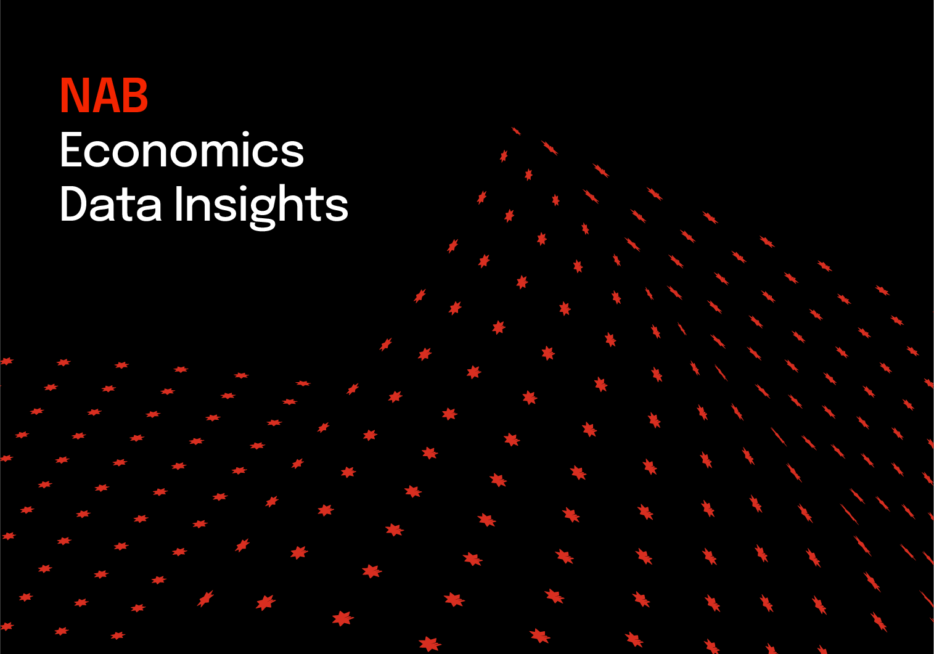Total consumer spending grew 0.7% in July


Insight
Pre-Omicron economy was confident but facing constraints.
Business confidence rebounded dramatically in Q4 of 2021, up 20pts to +18 index points, as lockdowns were lifted in major states and vaccination rates hit key milestones. The rebound followed a sharp fall that saw the confidence index turn negative during the Delta wave of the virus in Q3. Business conditions, by contrast, had remained in positive territory through Q3 and were steady at +12 index points in Q4.
According to Alan Oster, NAB Group Chief Economist, “Business confidence lifted in Q4 as high vaccination rates and the end of lockdowns saw economic activity rebound and the outlook improve considerably.”
“Conditions were steady overall, reflecting that lockdown impacts were less severe in 2021 than in 2020,” said Mr Oster. “That said, many of the worst affected sectors such as retail and recreation & personal services saw conditions improve, and conditions also improved in NSW and Victoria where the most significant lockdowns had been imposed.”
The confidence boost was supported by an improving outlook, with expectations for conditions in 3 months and 12 months’ time rising to very high levels – albeit responses were captured largely prior to the emergence of the Omicron variant. Capacity utilisation rose to 83.3% and forward orders were up 12pts to +16 points.
“The economy was showing considerable strength prior to the spread of the Omicron variant, and that translated into a positive outlook for the coming months,” said Mr Oster. “We now know that Omicron has dampened that recovery somewhat but, fundamentally, we expect that positive trajectory to continue when the current virus outbreak recedes.”
Ongoing supply chain issues and border closures saw 85% of firms report availability of labour as a constraint on output, while 47% reported availability of materials as a constraint – both records in the history of the survey. As a result, both cost growth and retail price growth remained elevated.
“A large share of businesses reported facing supply constraints in late 2022 as disruptions to global supply chains as well as a tightening labour market began to bite, and that has translated into higher inflation in official data,” said Mr Oster. “The key question will be when, if at all, supply chain pressures ease as well as how quickly wages respond to an increasingly tight labour market.”
For more information, please see the: NAB Quarterly Business Survey (December 2021)
© National Australia Bank Limited. ABN 12 004 044 937 AFSL and Australian Credit Licence 230686.